Entry 454 — Mathemaku-in-Progress
May 29th, 2011
I continue to believe someday people will be interested in how various poems of mine came about. Hence, the following three stages of my unfinished “Cursive Mathemaku, No. 2″:
.
.
I scribbled notes for version one, then took weeks to draw my ideas at Paint Shop, and more weeks to put them together in a work something like version one, which is probably the third version of the finished base of the poem. Almost two months went by before I dared add the final cursive lines I always meant the work to have to make version two. Over a week went by before I made (today) the more well-thought-out third version. I’m pretty sure both that the third version (already revised two or three times–modestly) is the one I’ll go with. I’m looking forward to adding colors, with a good idea of what they’ll be, although I never go with all or even most of the colors I use in a work.
Entry 453 — My Improved Piddle
May 28th, 2011
I’ve just about finished my latest column for Small Press Review. A few days ago I finished a solid rough draft of what will be Chapters 13 and 14 of my book on the Shakespeare authorship question. At one point, I thought it was brilliant but as I finished it my opinion changed. I still think it pretty good, but I no longer think it something that will make everyone who reads it kneel to me in admiration. I’ve been trying for years to pin down the major cause of irrationality, and I think I’m close. I’d call it simply narrow-mindedness at a cocktail party level, but in the book I call it “Hyperconvergency.” More important, I explain how it comes about. Or try to. It’s all a matter of having too much “cerebral potency”–and lacking the accommodance to lower it and thus let extra needed information in. You’ll have to buy a copy of my book to find out more. (Or look up what I’ve said about it here.)
Amy King is saying bad things about me again. Whoops, not about me, since that would be “personal abuse,” but about my poetry. She says the reason no bigShot critics deign to denigrate my work the way they denigrate Bill Knotts’s is that my work isn’t a minuscule fraction as interesting as his. I was whining about my inability to get the level of scorn Knotts does. I said I thought “his poetry is much easier for mediocrities to deal with than mine.” Actually, I’m sure it’s because they really are too hyperconvergent to be aware of poetry like mine. Exposed to it, though, they’d be afraid to try an assault on it.
Nice to get insulted by King, but I’d prefer something lengthier from someone better-known. Something that actually said something about my poetry would be best, but it’s unrealistic to hope for that.
Entry 452 — Myth
May 27th, 2011
When reading at Geof’s blog that he considers “greatness” a “myth,” I was reminded of my sadness at the nullinguists’ destruction of the word, “myth.” It used to mean the achievement of something beyond the power of mortals, but gloriously true beyond the empirically real that those without imaginations are stuck in. Jason’s winning of the golden fleece that I read about in one of the best Christmas presents I ever got, a copy of The Golden Book of Myths (or some such) that my brother Bill gave me when I was around ten, for example. Now “myth” only means some view of life the person using the word doesn’t accept.
Putting together a dictionary of wonderful words lost to nullinguism like “marriage,” “gay,” “impact,” “poetry,” “genius” would be a worthwhile project–except that I suppose, although it seems like they outnumber the good words retained (so far), there really aren’t very many such words.
As for “greatness,” it is by definition unarguably a fact, the definition being some person’s achievement of something people admire, enjoy and celebrate centuries after the person has died. It may make me look sadly unrealistic but it’s something I’ve striven for since I was six or seven, although I wouldn’t have known enough to describe it as such until my middle teens. The only reason I didn’t strive for it before then was that I hadn’t yet learned I didn’t already have it.
Confession: I have not given up, probably can’t give up, the notion that I may yet gain it, or already have.
Excelsior!
Entry 451 — My Latest Idiocy
May 26th, 2011
It’s not really important: I can ask Arnold for another copy. But that I lost it drives me almost mad with rage at my continuing stupidity. I feel like there’s just no sense in going on. Once again, you see, I’ve lost something. This time it was a copy of a long piece of . . . surrealistic mathematics, I guess. By someone French. Arnold Skemer was kind enough to send it to me, with the french text translated. I have the envelope it came in and the letter that came in that envelope with it. They are right where they should be, on the table to my right as I type this. Why the surrealistic mathematics isn’t with it, I JUST CAN’T understand.
But I do something like this at least monthly. More times than not, I find what was missing, sometimes in less than a couple of hours. I won’t find this. My house is less disorganized than it’s been in years, mainly because of the filing cabinet I freed up for current items–like this, or it should be. I recently did make a folder for just-answered snail mail, but not one for items like this. And I have several now–a letter from my Oakland poet friend Jody Offer; some great stuff just in from Marshall Hryciuk; Marton’s little booklet The Reader which I’ve had for two months and haven’t lost, who knows why; Arnold’s letter; a little packet of great stuff by himself Andrew Topel left with me during his visit a little while ago as well as wonderful full-color things his press published that he sent me a couple of months ago.
These are what are in plain view. Stored who knows where are many items like them previously in plain view. As I keep telling myself, I have to getmy house in better order. I’m sure I can, for I’m now able to chuck dead magazines–old copies of Discover or National Geographic, for instance. I proved that last year sometime when I threw out . . . I forget what, but it was a magazine I liked but hadn’t read all my issues of, which went back twenty years or more. I’m also ready to pack away old correspondence and zines and the like that I now have handy but never refer to. I may finally toss old paint brushes, broken crayons, and all kinds of painting supplies I once thought I could use to make masterpieces but never did.
Wish me luck. Before I started putting the house in order, I have to get my next column for Small Press Review done. Yesterday I finally finished a full draft of the two-chapter essay that will close my book on the Shakespeare authorship question that I wanted to finish before going to the hospital, so I can devote myself to the column during the next five days. Not today. Today I spend six killing hours at (1) my dentist’s spending $140 having another chipped tooth fixed (my teeth are crumbling at an alarming rate), (2) at the hospital where I’ll be getting operated on for a class in what to expect and pre-op filling out of forms and getting blood and an chest x-ray taken, and (3) at the supermarket getting bananas, milk and six bottles of Propel, the drink I’m trying to replace Mountain Dew with. It was too much for me.
Whee.
Entry 450 — Visioverbal Visual Poetry
May 25th, 2011
I suppose, now that I’ve seen (most of–I haven’t been able to download all the images to my elderly, bottom -of-the-line computer) the collection of artworks Geof Huth curated here, I’ll have to make something of a retreat in terminology. Geof, probably the most influential authority on the definition of visual poetry around, seems to believe that artworks containing nothing but words can be poetry–if, apparently, it does something “visual” like use the fact that “hear” and “here” sound alike but mean different things–as well as artworks containing nothing whatever that is explicitly verbal or even textual are visual poetry. My impression is that they majority of people contributing to shows like this one are similarly against sane naming. Ergo, instead of using “visual poetry” to mean what I think it should mean, I’m going to try from now on to call what I think of as visual poetry (because it is both meaningfully visual and meaningfully poetry): visioverbal visual poetry. “Visioverbal” rather than “verbovisual” because “visioverbal,” for me suggests that what is verbal is more important than what is visual in what is being described. It’s an awkward phrase, but what else can I use?
If asked to curate a show of what others call “visual poetry” (don’t worry, I won’t be), I will simply call it, “stuff.” Why confuse things with any name more detailed?
I can see one virtue of the use of the name “visual poetry” for almost anything: a “visual poet” can do art of a kind done for decades, like collage, and feel original be giving it a name it hadn’t been called by. (Not that there aren’t some really fine works in Geof’s gallery.)
Entry 449 — Pill-Popping
May 24th, 2011
Many times in the past, I’ve spoken of the pain pills I’ve taken, or the Mountain Dew I’ve drunk, often noting how one of the other, or both, have helped me out of the Null Zone. For at least four weeks I almost entirely avoided either. Once or twice taking a four-hour pain pill before trying to play tennis on my painfully bad left leg. I think in that time I was never fully out of the null zone, and probably half the time close to fully in it.
Well, I finally decided that I’m a hopeless addict. Proof is that I took two APCs, which have caffeine, a bit over two hours ago, then a pain pill with an opium-derivative in it a half-hour or so ago, and have done better work since the APCs on the important essay I’ve been slogging through for over a month than I have since beginning it. And I feel like I can do a full day’s work on it. Maybe more!
Once back home after the hip replacement operation I’ll be having (in a week), I plan to find some expert on my kind of drug addiction, and find out if I can somehow stay out of the null zone (a reasonable amount of the time) without drugs. If not, no big deal so long as I can keep having them prescribed for me, and I’m pretty sure I can. If it costs me a few years of life, so what? To continue to live as I’ve been living the past month of so would be ridiculous. In any case, it looks like I’ll have my essay done before I go into the hospital.
I’m feeling very good about it (and was even while in the null zone). It’s really coming together nicely. As usual when I’m knocking out material I have a good opinion of, I sing my way into fantasies of finally gaining recognition. One thing for sure, this time I’m going to keep on the attack with this essay until it is, or I am, done.
Meanwhile, what have I learned from my life that I can pass on to others? Nothing. I truly don’t know whether to advise the young to avoid caffeine and pain pills, or to consider them seriously if their energy levels are not as high as they feel they need to be for a satisfying life. Maybe some people are born with a need for pharmaceutical help, or with a flawed endocrine system that will eventually require it as I eventually required synthroid for my thyroid deficiency. Or was that caused by a use of caffeine that caused my thyroid to overwork and wear out? All I can say is that I hope genetic research will finally tell people enough about what they’ve been born with for them to make intelligent decisions about questions like these. If their genes have given them the capacity to make intelligent decisions. I don’t think mine did, I don’t think mine would have allowed me to choose suicide at the age of 15 or 24, the two ages at which it would have been best for me to do that.
Entry 448 — Another Terminological Change
May 24th, 2011
.
Although many of my coinages sound pretentious, I always aim for ordinariness. It’s not that easy to achieve. Hence, “xenological poetry” as one of my main categories of poetry. Well, I suddenly saw yesterday that “dislocational poetry” could takes its place. Ironically, that was the very first name I gave such poetry–surrealistic and jump-cut poetry–thirty or forty years ago. I don’t know why I dropped it. I see no reason not to use it now, though, so will.
Meanwhile, I also realized that “vaudevillic” as a term for all varieties of jump-cut poems is unfair since some of them cohere quite nicely. So I’m bringing back “jump-cut” to its previous position, and demoting “vaudevillic” to a secondary position as an adjective describing one kind of jump-cut poems, the other kind being, “convergent jump-cut poems.” Be sure to update your copies of A Preliminary Taxonomy of Poetry,” students.
I’ve made a change in what constitutes aesthetic pleasure, too: one of two things, fundaesthetic pleasure or pleasure due to fundaceptual stimuli, and anthraesthetic pleasure, or pleasure due to anthroceptual stimuli. Then there’s a sort of new word, “osmoticism,” for the ability to learn osmotically, and its antonym, “unosmoticism,” which I use to represent one of the many intellectual dysfunctions of people who don’t believe in Shakespeare.
Last, and close to least is, “lifage,” my word for anything a person uses to trade when attempting to increase the pleasure-to-pain ratio of his life. An economics term. There are two kinds of lifage, “inborn” and “acquired,” the latter of which is a person’s private property. I came up with it because I needed some such term for what one trades to another when one rents a house to the latter in return for (the lifage) of money. It’s not the lifage of the house (assuming for the sake of argument that it is as good after the rental period as it was before it) but the actual hours of life the landlord gives up, hours he could have used enjoying the house himself and which are permanently lost. In other words, the term, “unearned income,” is nonsense.
Entry 447 — Me Versus Academia, Again
May 23rd, 2011
David Graham made one of his always reasonable, never alarming posts to a thread on a 1993 book of Heather McHugh’s about the use of fragments in poetry, Broken English. He couldn’t keep from making what I took to be a crack at me, and was unable not to reply to.
. . . I think McHugh’s right–if I understand her point, what she’s talking about is not a particular technique but an effect reachable by various means at various times, one of those first principles that I referred to before. The high modernists, who were crazy about collage, were in this light not inventing anything entirely new so much as finding a fresh path to an age-old destination.
(All worthy destinations are age-old?)
This principle of disjunction, then, is visible in Whitman’s whip-saw juxtapositions, Stein’s fracturing of syntax, Eliot’s fragments shored against the ruins, the electric leap in a haiku, surrealist imagery, and so forth, right up through more recent instances such as Ginsberg’s “hydrogen jukebox” and Ashbery’s ruminative ramblings.
I’m just thinking aloud here, and no doubt overgeneralizing, but it occurs to me that there is at least a kinship between poetry such as Dean Young’s and a lot of language-centered poetry with which it wouldn’t normally be compared. Rather like Ashbery, Young employs utterly conventional syntax, image, and figure; but the results are most slippery and unparaphraseable. He doesn’t fracture language itself, but there is plenty of disjunction and fragmentation at the conceptual level.
If you focus mostly on the easy binaries (style/theme; free verse/meter; traditional/experimental) you would naturally miss recognizing this sort of kinship. If, for example, all your definitions of poetry focused relentlessly on
purely technical matters such as the handling of syntax.
My response: “I suppose if you focused all your consideration of poetry on the techniques objectively distinguishing each kind from all others, you’d possibly miss as much as ten percent of the things you’d miss if you focused it only on the trivial kinships that can be found between any two kinds of poems. (Note: there is more to appreciating poetry than defining it, although that’s the most important part of intelligently appreciating it.)”
In a second post, I opined that “all worthy destinations are much more age-old than new, but never not-new in some significant way.”
Entry 446 — A Question
May 22nd, 2011
Why do so few innovative poets discuss theirs and other innovative poets’ work? I think this is the most important reason we continue to be so marginal.
To repeat myself. Again.
Later Note: if I were to start an Internet discussion group, I would have only one rule: anyone could post a poem to it, but after a single poem has at any time been posted, no one else’s poem could be posted until at least five comments of substance have been made about the posted poem. I would guess it’d be the least popular such discussion group on the web.
Entry 445 — Vaudevillic Poetry
May 21st, 2011
I’ve coined another term, “Vaudevillic Poetry,” for what I’ve been calling “Jump-Cut Poetry.” This is a somewhat derogatory term inspired by my bias against short-attention span art, the kind of art that presents discontinuous acts. It reminds me of why I never much liked television variety shows like Ed Sullivan’s when young, and have rarely looked forward to visits to museums. Lots of fun stuff but within an hour I start getting a headache. I’m too much of a convergent thinker, I guess.
Lately I’ve decided that the “language poetry” now gaining Official Recognition is really not much different from Ashbery’s vaudevillic poetry, so really is not extending what the academy recognizes as poetry of value. Ergo, Wilshberia remains the only part of the contemporary American poetry continuum the Poetry Establishment has any really knowledge of.
Additional note: I’m renaming “Sprungrammatical Poetry” “Grammar-Centered Poetry.” Accessibility and all that. So: in my taxonomy, there are two kinds of Language poetry: grammar-centered and infraverbal. I’m thinking, too, that there are two kinds of vaudevillic poetry: phrase-length and sentence-length. “Jumbled-Text” may be a third–one beyond Wilshberia. But possibly beyond what I conceive as poetry, as well–i.e., hyperhermetic or Steinian, if you consider her short texts poems (although I feel I get some of them).



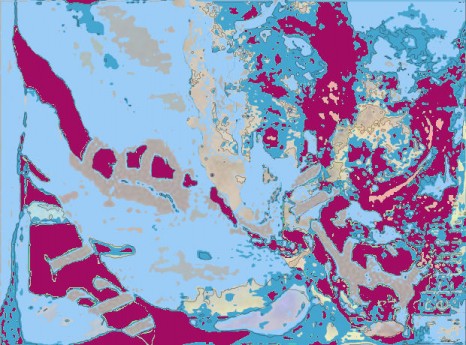
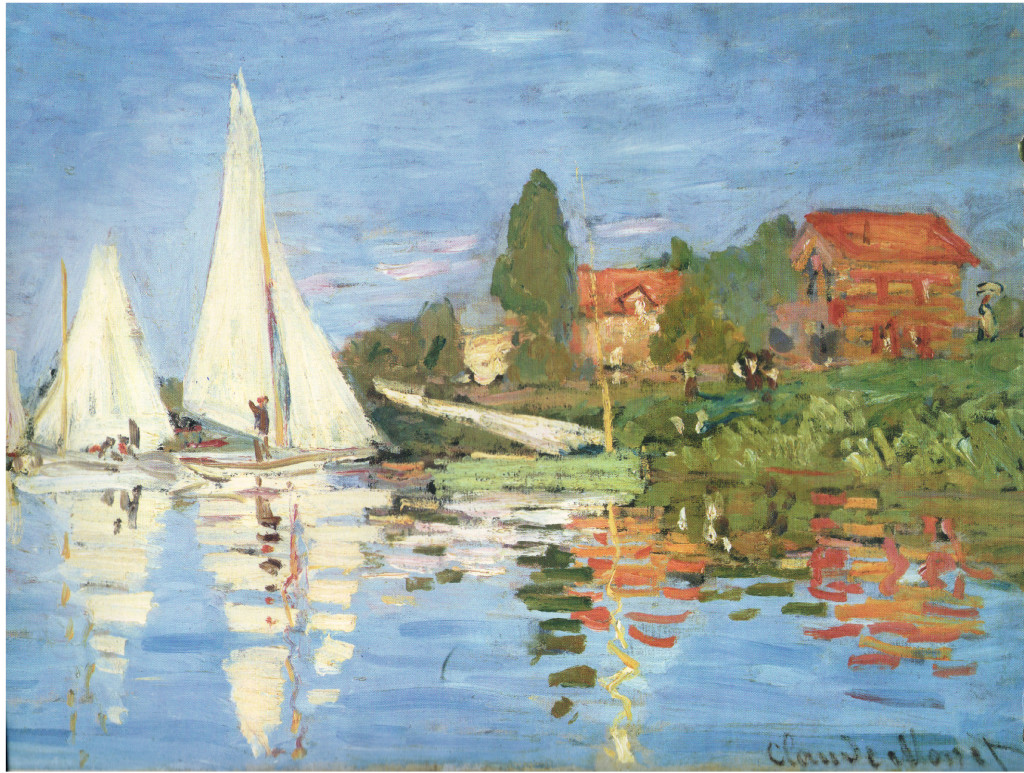
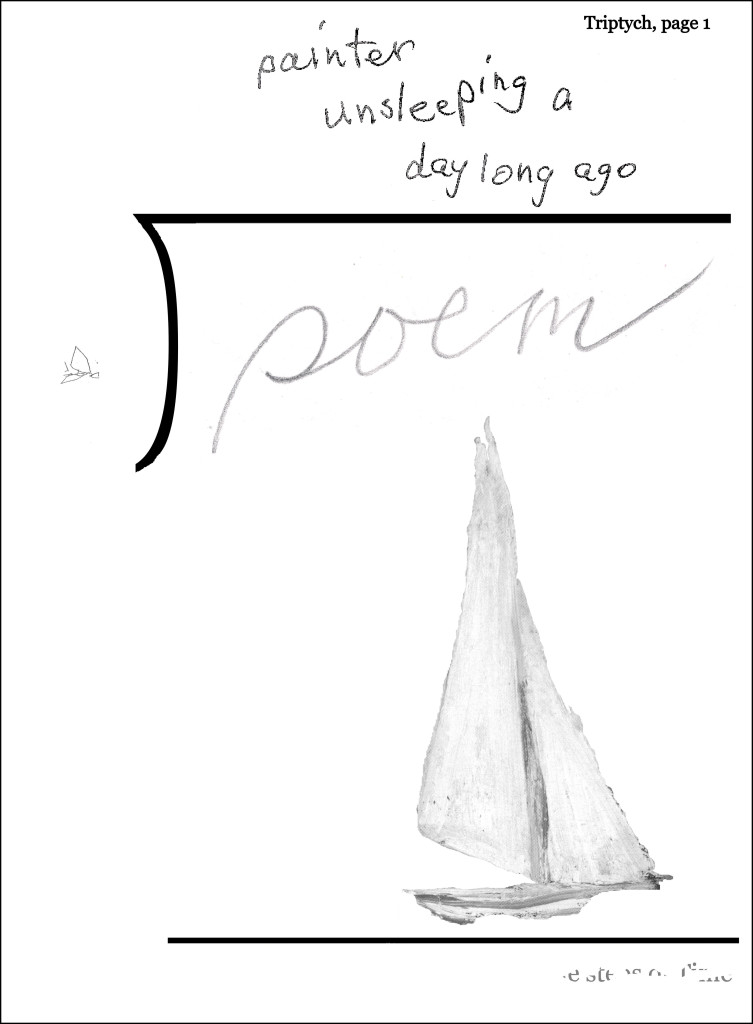
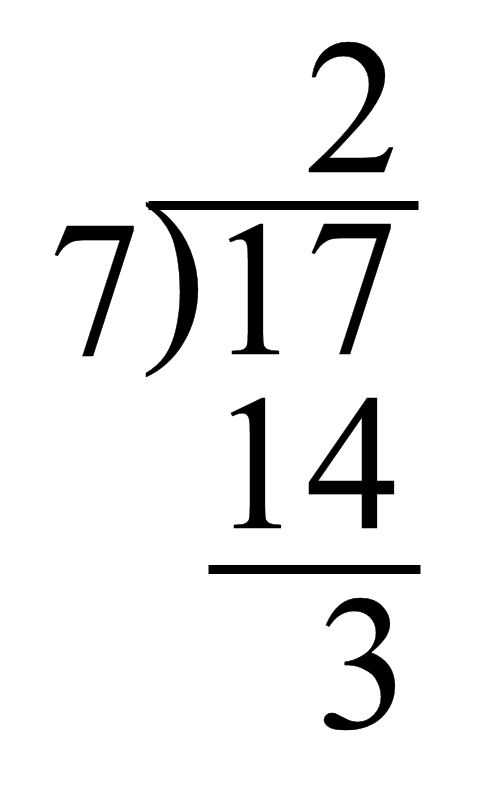
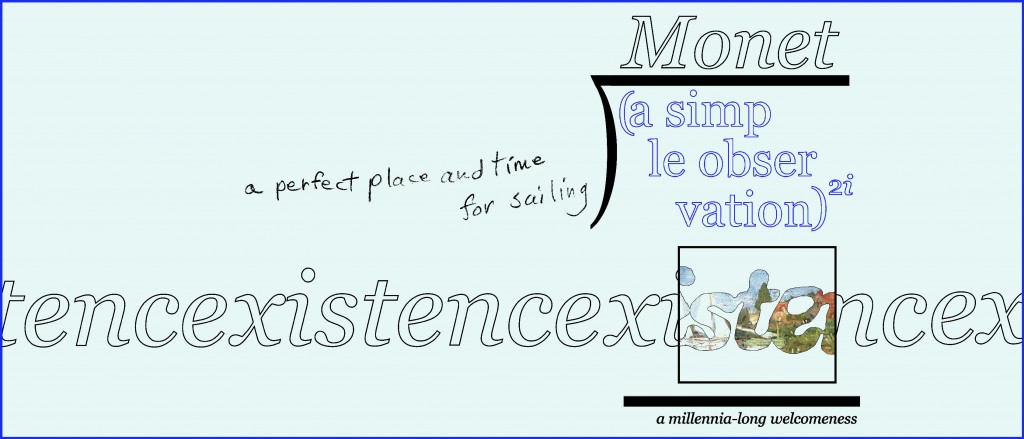
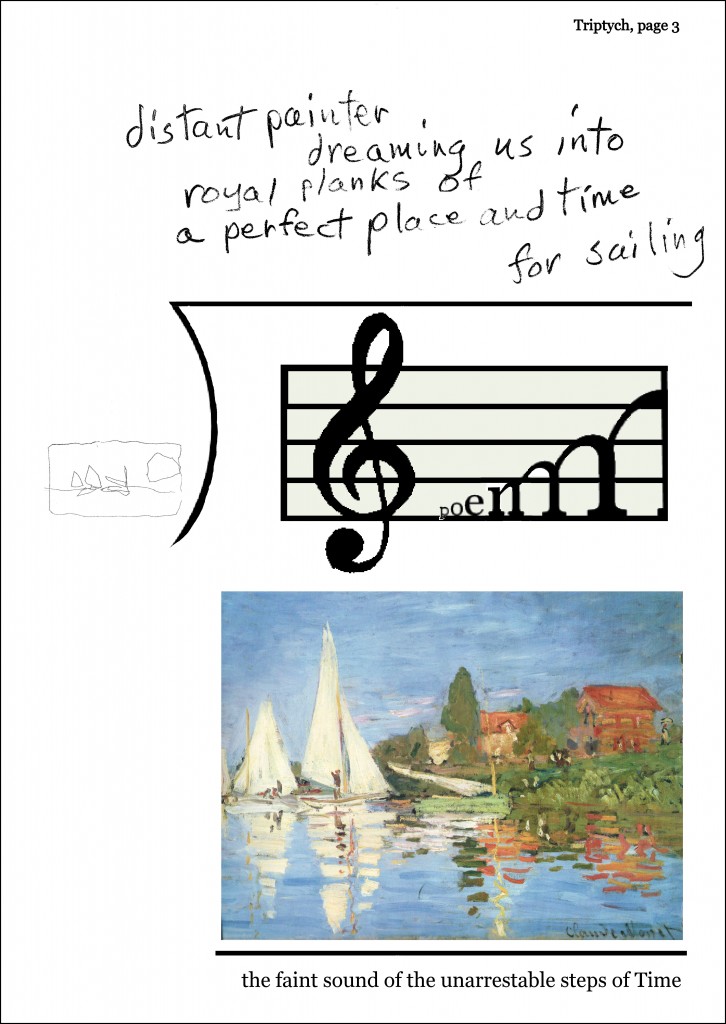
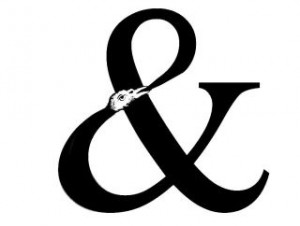
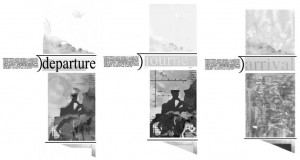



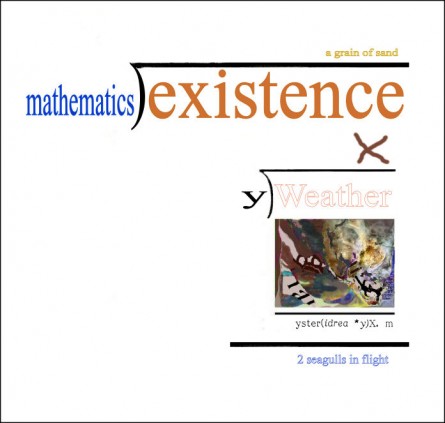
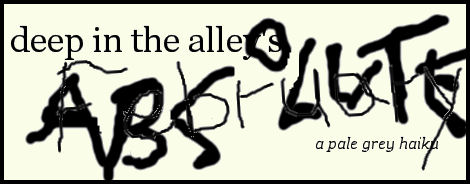
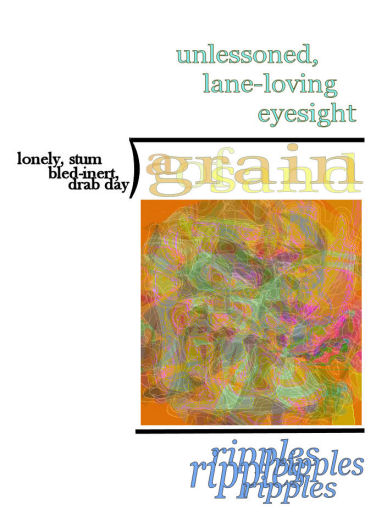
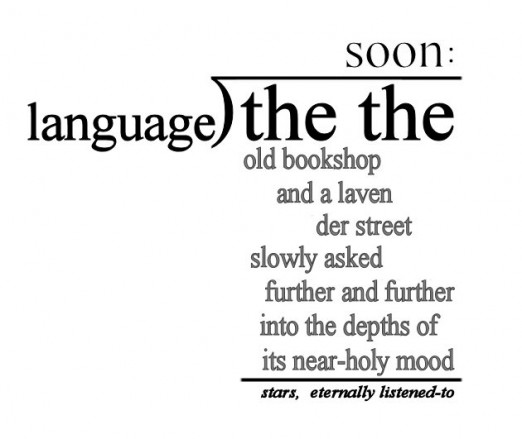
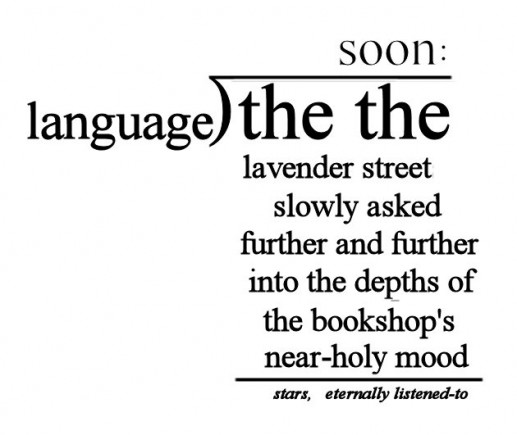
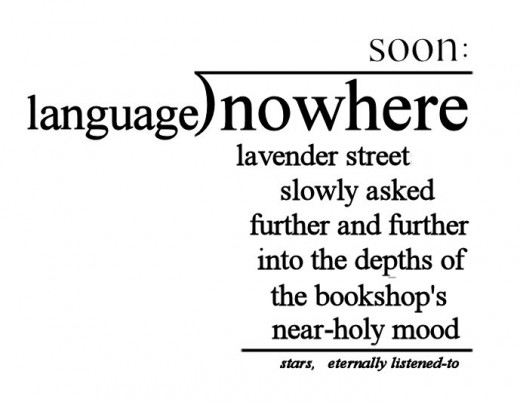
You’re going to upset the feminists with that last comment, mister. By the way, the copy editor in me tells me there is some grammatical hell going on in your opening graph for this entry — i.e. “now” disguised as “not,” and read the first sentence out loud to yourself. Regarding the mathemaku, I think the first one is perfect already, and the others are unnecessary.
Well, thanks for the copy editing, Kevin. As for your literary criticism, I’m afraid I have over 30 other divisions of “poetry” logic would require you to say were unnecessary. But no problem: now that you’re a Californian, your literary opinions don’t count no more.
Note, despite your comment, I have approved you as a commenter here. Just shows what kind of person I am, right?
–Robbit
You seem to be implying that you can outperfect perfection. That’s so Grummanly of you.